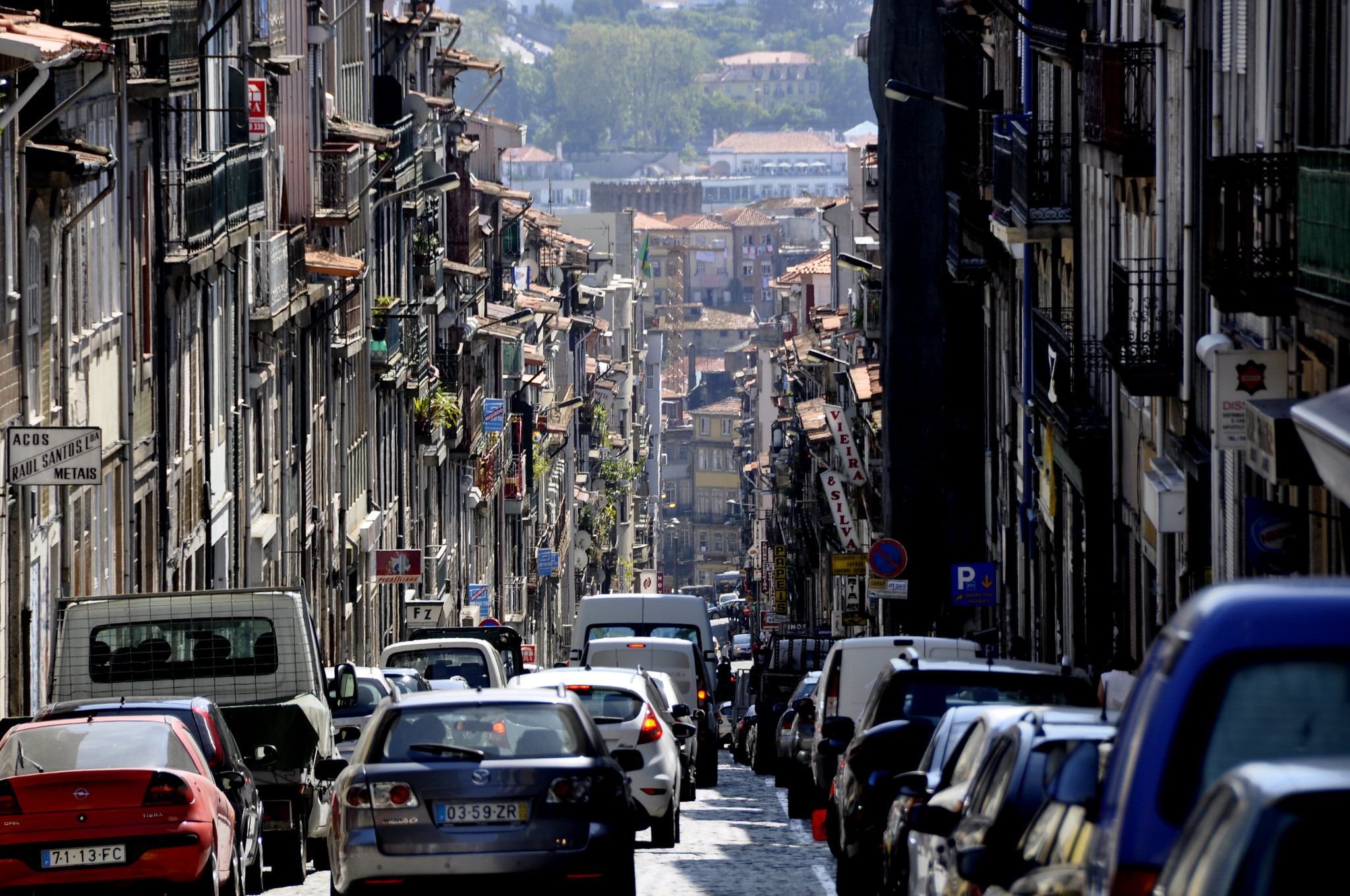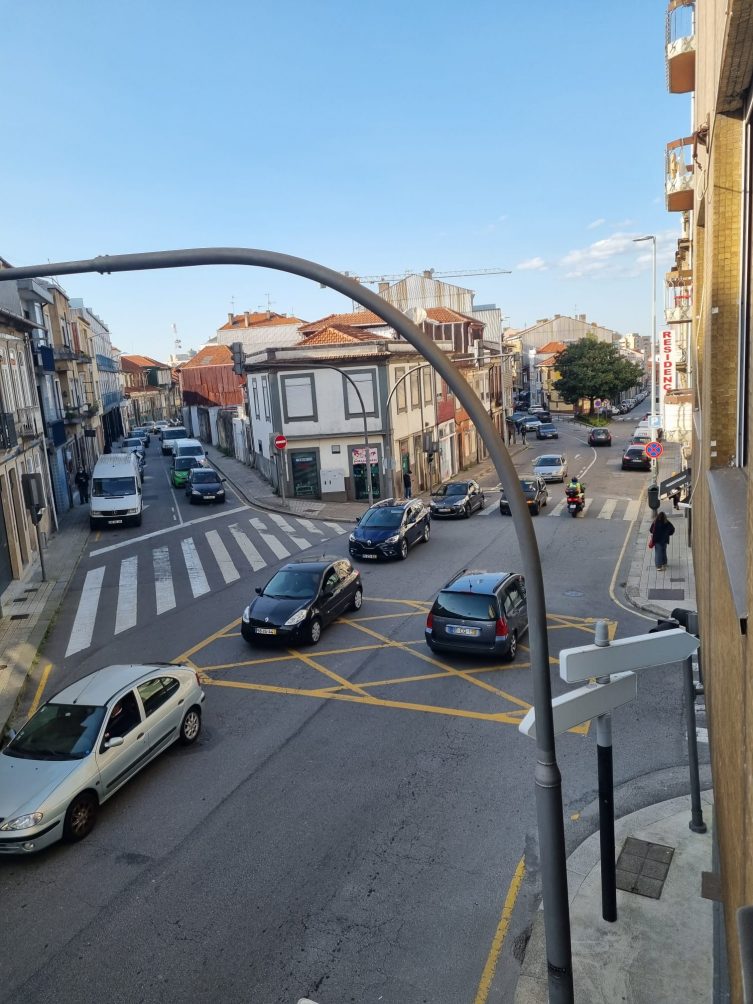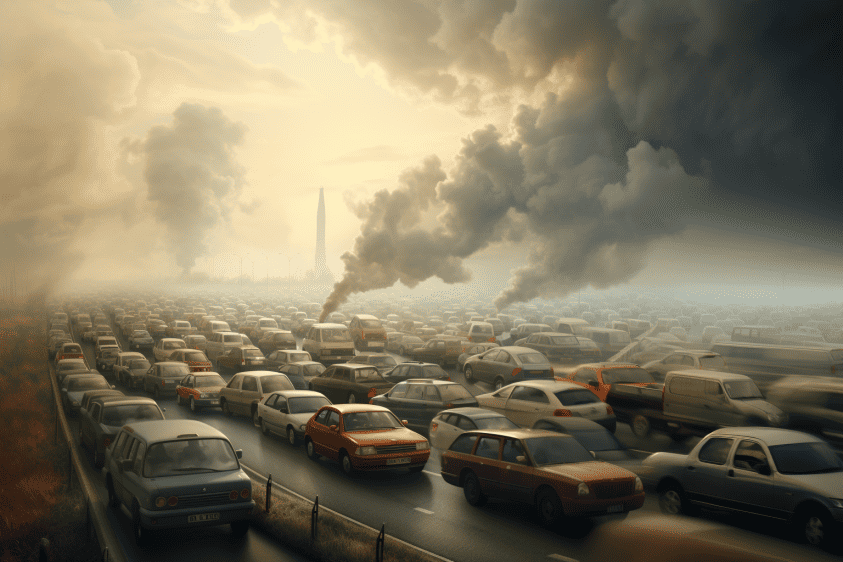
About Decarbonizing Europe
What does the Recovery and Resilience Facility entail?
The European Commission has made available an amount of 723.8 billion euros
to combat the consequences of the corona crisis and make Europe greener, cleaner, and future-proof. All member states have the opportunity to submit plans for disbursement from this Recovery and Resilience Facility.
Who is participating in the Recovery and Resilience Facility?
All the member states of the European Union. All member states? No, The Netherlands has not submitted plans as yet. Although, it became public knowledge at the end of January that hard work is going on behind the scenes in the Netherlands to secure some of those European billions.
What do the member states have to spend the money on?
At least 37 percent of the funding should be used for making their countries more sustainable and 20 percent for digitalization. In addition, there are also other key points:
– Smart, sustainable and inclusive growth
– Social and territorial cohesion
– Public health, economic, social, and institutional resilience
– Policy for future generations
What else is happening?
Apart from that, the EC has identified several so-called flagship areas:
– Power up
– Renovate
– Recharge and Refuel
– Connect
– Modernise
– Scale-up
– Reskill and upskill
What is Innovation Origins planning to do?
Over the next few months, we will be focusing on the implementation of these plans. We will be outlining what each country is doing to reduce CO₂ emissions, and we will be reporting on innovative projects. Infographics will allow you to compare the member states’ efforts with each other.
The mist dancing above the Douro river. Cheerfully tiled (okay, along with some dilapidated) houses on either side of cobblestoned streets. A Golden Gate-like bridge connecting the city with harbor-side companies across the river. Anyone coming from a flat and rigidly organised country like the Netherlands will most likely momentarily be caught off guard in Porto.
Cars rule the roost
As soon as the beauty of the city has sunk in, something else will catch your eye: cars are everywhere. They drive past outdoor cafés, manoeuvre their way through the shopping streets and when you finally think you’ve found a street so narrow that no car wil fit through, nine times out of ten you are wrong. All of this is accompanied by honking, cursing (“Barbeiro!“, “Suave!“) and exhaust fumes. Where Dutch cities have long since driven cars and trucks literally out of their city centers, they still rule in Porto.
High NO₂ emissions
Vehicles are the biggest contributors to high concentrations of nitrogen dioxide (NO₂) in the air. The European Union directive – an annual average of 40 µg/m3 – has been repeatedly exceeded in Porto. in 2019, the average was 48 µg/m3. In the Portuguese cities of Lisbon and Braga, the annual average was also above the EU directive. After warnings in 2019 and 2020, the Portuguese government still did not take enough action to improve the situation. This is why the European Commission is now taking Portugal to court.
To keep cars out of the city and do something about the poor air quality, the RRF plan has earmarked €299 million to expand Porto’s metro network. A further €66 million will be spent on a ‘Bus Rapid Transit‘ system to improve the connection of suburbs to the metro network. Critics say the measures are a drop in the ocean.
Overdue maintenance

Francisco Ferreira, chair of the environmental organization ZERO and associate professor at Nova University Lisbon, researches air quality. Ferreira explains that the problem in Porto is even more complicated because the NO₂ measurement system is not up to standard. “The efficiency of the measuring stations should be at least 90 percent, but in reality, they’re much lower. In addition, several measuring stations have overdue maintenance, or they are placed in illogical locations – e.g., above traffic lights – which causes data to be unreliable.” A good first step in tackling poor air quality in Porto, starts with taking the measurement of it seriously.
Air pollution is the biggest environmental health problem
Even if the averages in Porto were to fall below 40, it is still far too high, according to the World Health Organization (WHO) guidelines. They use an annual average of 10 µg/m3 as a maximum. The WHO adjusted the guideline last year, after research showed that human health is harmed even at much lower concentrations of NO₂.
Despite the fact that the guidelines differ quite a bit, both the EU and the WHO see air pollution as the biggest environmental health problem in Europe. The 2021 report from the European Environment Agency estimates that 364,000 people die prematurely each year as a result of poor air quality. Around 40,400 of these are specifically attributable to high NO₂ concentrations, according to the report.

Car as a symbol of freedom
“Sorry I’m late, traffic was mad,” Joao Valente Neves apologizes. Neves is an expert in the field of mobility. He worked as head of traffic and mobility for the municipality of Porto and developed a model wherein he mapped out every street, intersection, and roundabout in the city.
According to him, the huge amount of road traffic that the city has to deal with every day has two causes. “Portugal is one of the poorest countries in the EU. We only became a democracy in 1974. Since then, our economy has grown at a phenomenal rate. Cars became, and still are, a symbol of freedom and development.”
In addition, in the 1980s and 1990s, there were very few rules or guidelines in the area of urban planning. Cars were allowed everywhere. “From a planning point of view, we made a few mistakes. For instance, more and more people started living outside of the city while they were still working in the city. That still causes a huge flow of traffic every day.” Fortunately, Neves sees that things are changing. “The new generation wants to cycle or walk to work. They aso see the advantage of working from home.”

Traffic in Porto 
Yoske in his clothing shop 
The street where Yoske’s shop is located
‘I hate cars’
For Yoske (41), owner of a trendy clothes store in the center of Porto, that change cannot come soon enough. His shop is on a narrow, busy street where motorists behave “as if they were driving on a motorway.” It drives him crazy that motorists behave as if the city belongs to them and he also notices that it scares off customers, especially tourists. “I hate cars,” sighs the entrepreneur.
Public transport as a utility
Neves considers investment from the RRF plan in public transport an absolute necessity. Many suburbs in Porto, especially during off-peak hours and at weekends, are poorly served by public transport. A car is then often the only option. In addition, transport authorities should also provide better information. “People stand in the rain waiting for the bus because they don’t use an app that lets them know the arrival times. The local transport authorities should look after those who do use public transport,” says the mobility expert.
Offering public transport as a complete package also has a motivational effect, Neves believes. “For instance, consider a monthly pass that allows you unlimited use of the metro and bus. Or a metro pass that also includes some kilometers via Uber or an electric bike. This integration of different components of the entire public transport system is very important.”
Taxing motorists
In addition, according to both mobility experts, measures must be taken on the side of demand. People who use public transport should feel the advantages in their pockets as well – and vice versa. For example, by raising parking fees or charging tolls for the two main motorway bridges that give cars access to the city center. “That demotivates people from going into the city by car, and thanks to the traffic that still drives over the bridges, you can invest in infrastructure.”
Ferreira believes that the local government lacks the courage to implement such ambitious measures. “Most cities today have low or zero-emission zones. Porto has neither. Mayors are afraid to deny people access to their cars because Portuguese people value them so much.”
A high price
Neves: “To do something about the excessive – and dangerous – concentrations of nitrogen dioxide in the air. The municipality of Porto must take action, it owes this to its residents. Making public transport more attractive and taxing car drivers financially, however unpopular that might make you, is a matter of necessity. Because, no matter how much freedom a car gives, the price Porto residents pay for that freedom is far too high.”
At the end of each workday, Porto’s residents’ cars form a long, honking, and humming traffic jam. In the air, brownish-red nitrogen dioxide gases mix with the colors of the setting sun. There is a lot to be done before Portuguese people say goodbye to their cars. Saudade. But, if you look closely, you can see it: change is in the air.
Support us!
Innovation Origins is an independent news platform that has an unconventional revenue model. We are sponsored by companies that support our mission: to spread the story of innovation. Read more.
At Innovation Origins, you can always read our articles for free. We want to keep it that way. Have you enjoyed our articles so much that you want support our mission? Then use the button below:






